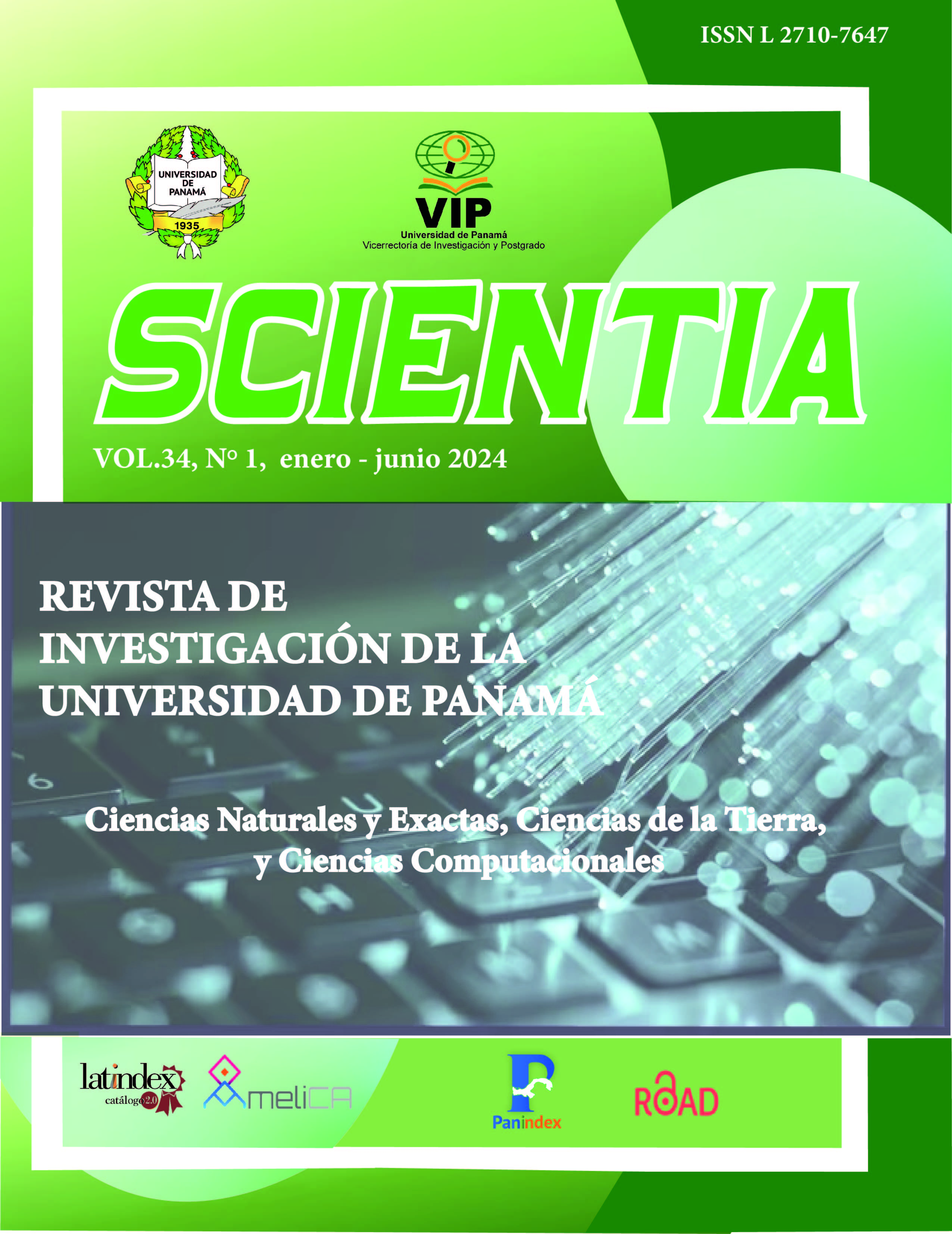
Artículos
Vol. 34 No. 1 (2024): Scientia

Copyright (c) 2024 Scientia

This work is licensed under a Creative Commons Attribution-NonCommercial-ShareAlike 4.0 International License.
Malaria is a disease transmitted by the Plasmodium parasite when a female of the genus Anopheles inoculates the parasite into the vertebrate host. P. falciparum is the species that causes the most severe form of the disease. This parasite alters the deformability of erythrocytes by invading them, making them more spherical and rigid. This condition is responsible for the symptoms of the disease. The drugs used to treat malaria also alter the deformability of erythrocytes, which causes different conditions after treatment. Optical tweezers are innovative tools that consist of a beam of light coupled to a microscope to manipulate and stretch microscopic particles, which allows knowing the biomechanical properties of cells. This technique can be used as a diagnostic method of the disease or to measure the effectiveness of antimalarial treatments.
Este obra está bajo una licencia de Creative Commons Reconocimiento-NoComercial-CompartirIgual 4.0 Internacional.
